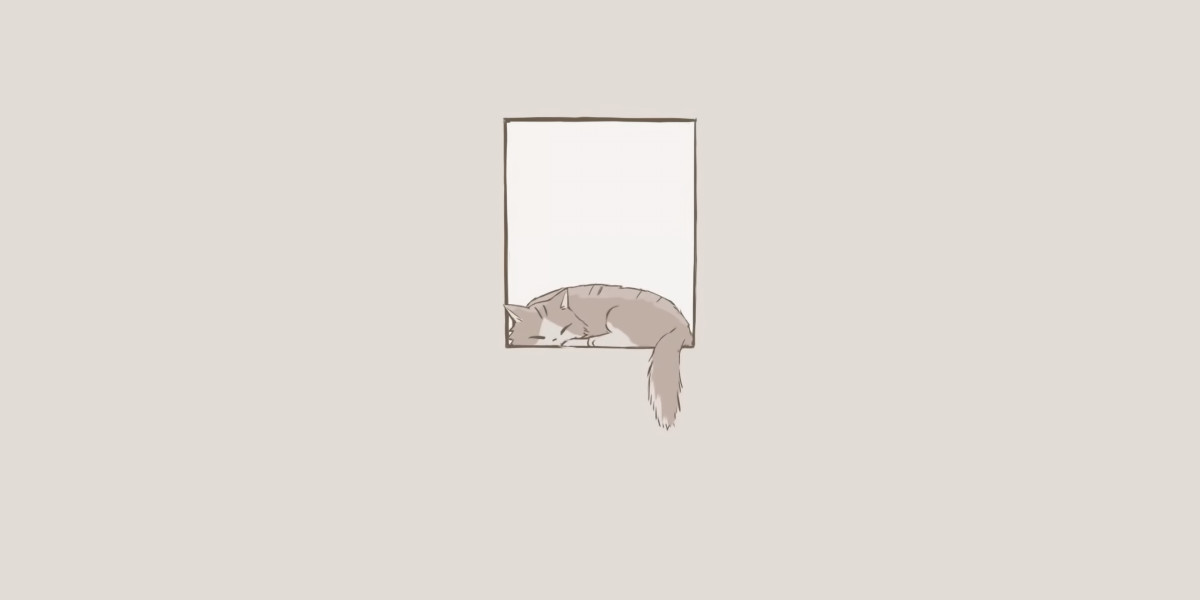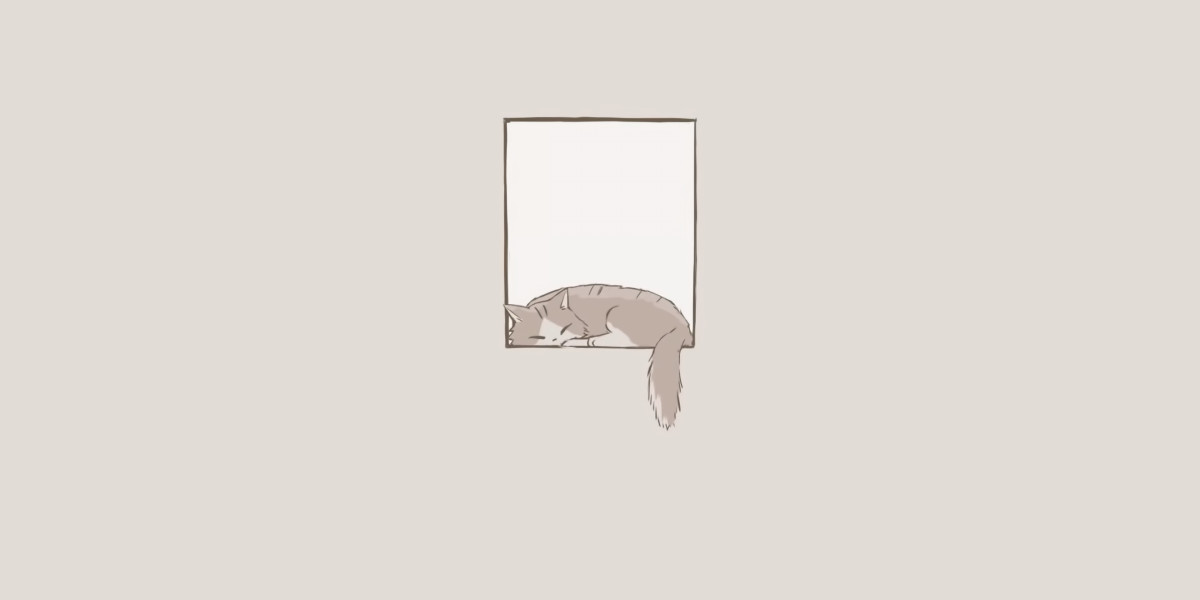In the realm of interior design, organic shapes have emerged as a captivating trend that resonates with many. These forms, inspired by nature, evoke a sense of warmth and authenticity, contrasting sharply with the rigid lines of traditional design. But what exactly makes these shapes so appealing? Let’s delve into the beauty of imperfection and discover how organic shapes can transform modern spaces.

Understanding Organic Shapes
Organic shapes are characterized by their fluid, irregular forms that mimic the contours found in nature. Unlike geometric shapes, which are defined by straight lines and angles, organic shapes offer a more dynamic and free-flowing aesthetic. This naturalistic approach not only enhances visual interest but also creates a sense of harmony within a space.
- Curved lines that invite touch and interaction.
- Asymmetry that adds character and uniqueness.
- Soft edges that promote a calming atmosphere.
The Role of Organic Shapes in Modern Design
Incorporating organic shapes into modern design can significantly influence the ambiance of a room. For instance, furniture pieces with rounded edges or undulating forms can soften the overall look of a space, making it feel more inviting. Have you ever noticed how a curvy sofa can create a cozy nook, encouraging conversation and relaxation? This is the power of organic shapes at work.
Moreover, these shapes can serve as focal points in a room. A sculptural coffee table or an artfully designed chair can draw the eye and spark conversation. When selecting furniture, consider how these organic forms can complement your existing decor. Would a piece with a natural silhouette enhance the overall aesthetic? The answer is often a resounding yes.
Embracing the Beauty of Imperfection
One of the most compelling aspects of organic shapes is their inherent imperfection. In a world that often values precision and uniformity, embracing the irregular can be liberating. This philosophy aligns with the Japanese concept of Wabi-Sabi, which finds beauty in the imperfect and transient. By incorporating organic shapes into your home, you not only celebrate individuality but also create a space that feels lived-in and authentic.
Practical Tips for Incorporating Organic Shapes
To seamlessly integrate organic shapes into your interior design, consider the following:
- Choose furniture pieces that feature rounded edges or flowing lines.
- Mix organic shapes with geometric elements for a balanced look.
- Utilize accessories, such as vases or art, that reflect natural forms.
- Experiment with color and texture to enhance the organic feel.
For those looking to explore a wide range of furniture that embodies these principles, visit  . Here, you will find an array of pieces that beautifully showcase the allure of organic shapes.
. Here, you will find an array of pieces that beautifully showcase the allure of organic shapes.
Conclusion
In conclusion, the integration of organic shapes into modern design offers a refreshing departure from conventional aesthetics. By embracing these natural forms, you can create spaces that are not only visually stunning but also deeply inviting. So, why not take a step towards imperfection and let the beauty of organic shapes inspire your next design project?








